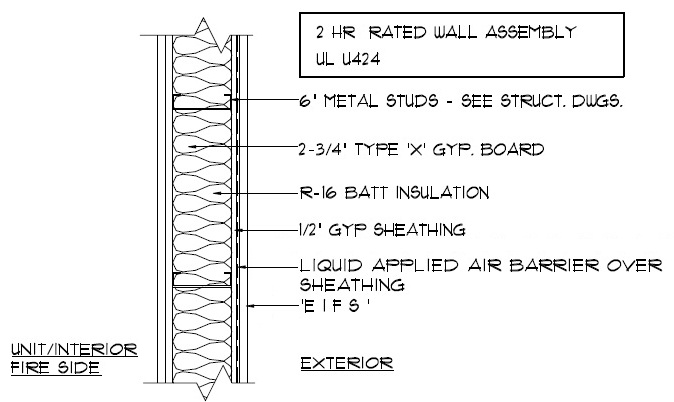Standard Exterior Wall Thickness Residential

Fiberglass cellulose foam polystyrene the options for insulation of a residential wall are extensive as.
Standard exterior wall thickness residential. For houses interior walls are usually 45 or 5. Unless covered by interior or exterior wall coverings or sheathing meeting the minimum requirements of this code all stud partitions or walls with studs having a height-to-least-thickness ratio exceeding 50 shall have bridging not less than 2 inches 51 mm in thickness and of the same width as the studs fitted snugly and nailed thereto to provide adequate lateral support. Thickness of Walls If they are cast horizontally and tilted into place they will be 6 to 8 inches thick.
The roof sheathing must be at least 38-in. Interior walls are usually about 4 12 inches thick and exterior walls around 6 12 inches. So you really need to think about wall thickness in a tiny house.
The thickness of the exterior window casing is 55 in. Exterior wall thickness depends on siding material. Exterior wall thickness varies depending on the exterior finish siding and brick facing.
When 12 inch 13 mm gypsum board is added on each face the wall thickness becomes 4V2 inches 114 mm finished. Corbeling may not exceed 1-in. Wall weight is based on a unit weight of concrete of 150 pcf.
Based on the chart below 11 m is added to the interior area measurements. However areas susceptible to high winds require concrete thickness of at least 8 inches. Drywall 38-in-thick plywood or plaster installed over wood lath.
Residential Masonry Wall The thickness of bearing masonry wall of in residential building with maximum three storeys can be assumed to be 2032mm 8 inch. Thickness affects Strength. Total wall thickness - 8 Yes your walls that will be used in Design Development and CDs should be drawn as they would actually be.


















